Aug 16, 2022 By Susan Kelly
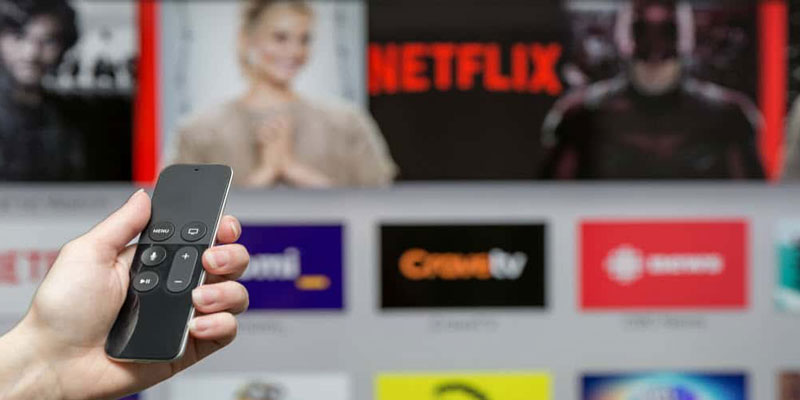
There are valid reasons for the ongoing decline of cable TV subscriptions. It's impossible to imagine a period when everyone wasn't a Netflix member; in this day and age of portable media players, it's hard to imagine life without Netflix. Return the clock roughly 15 years, which was the everyday experience of many of us. Although we each had our own Sony Ericsson or Blackberry, we rarely relaxed while watching our preferred shows on them. To pass the time, we watched TV shows and movies on cable.
Why Did All These People Watch Cable?
For a long time, cable television was the preferred means of mass entertainment. The medium of television was therefore democratized and made available to a wider audience. Who or what started it all, though? In 1948, more than seventy years ago, cable TV was introduced to the general public in the United States.
With its revolutionary impact on people's access to entertainment and its ability to boost signal strength beyond previously available over-the-air connections, cable quickly gained widespread popularity. By the end of the 1950s, service providers could pick up signals from greater distances, allowing them to broadcast both local and national television programs.
This boosted the already skyrocketing popularity of cable TV even further. More than 53 million cable TV subscribers were in the United States by 1989. At the turn of the century, about 70 million American households had cable, marking a possible high point in cable TV adoption.
The Explosion of Streaming Video Websites
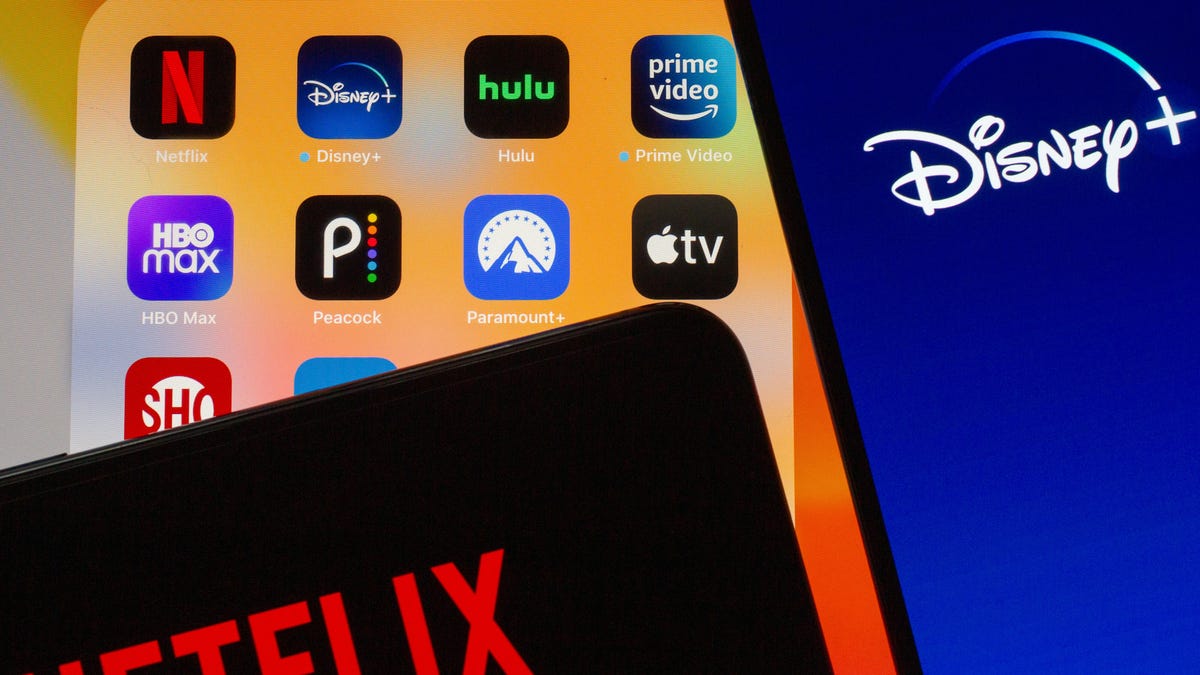
It's safe to assume that most individuals who stumbled onto this page have at least one streaming service subscription. Most members of Generation Z, Millennials, and even Baby Boomers are subscribers to at least one of the many available streaming services. You may view thousands of TV episodes and movies whenever and wherever you choose with one of these subscriptions.
Constantly Presented With Commercials
Nobody has time to read commercials these days. Consumers today believe they should be able to pay their way out of constant advertising. For this reason, many of the most popular paid membership sites and services do not feature any form of advertising. You could get a preview of an upcoming film or TV show, but you won't see any ads for cars, perfumes, or low-calorie snacks on streaming services.
Unfortunately, this is where cable television fails its audience. When you subscribe to a cable provider, you not only pay for the privilege of watching entertainment but also submit to a barrage of commercials every 20 minutes. And there's no way to get rid of them because cable doesn't offer that choice.
Unwanted Content
Another annoyance with cable TV is that you end up paying for a tonne of channels you never see. Let's say you're not a fan of sports or documentaries. That eliminates a substantial portion of the service for which you are paying. Then you're throwing your money away on news channels when you can get all the news you want—and more—for nothing on the internet.
When it comes down to it, many people who subscribe to cable only see a small portion of the programming they pay for. There are currently too many channels and genres of information that can be obtained online for cable television to be worthwhile.
It's Way Too Pricey
Cable's high prices are disproportionate to the services it provides. Now, the cost of subscribing to various streaming providers is comparable to that of subscribing to a single cable provider. In other words, you can watch thousands of movies and TV episodes for less than the cost of cable. And the general public is getting the message.
To put that in perspective, let's say you pay for the most basic/one-screen plans from Netflix, Hulu, Amazon Prime, and HBO Max. At a total monthly cost of $38.97, this is still less expensive than virtually any cable TV package available in the United States. The decision between cable and streaming services is simply based on price alone.
5. Taking a TV To The Park Is Not Allowed
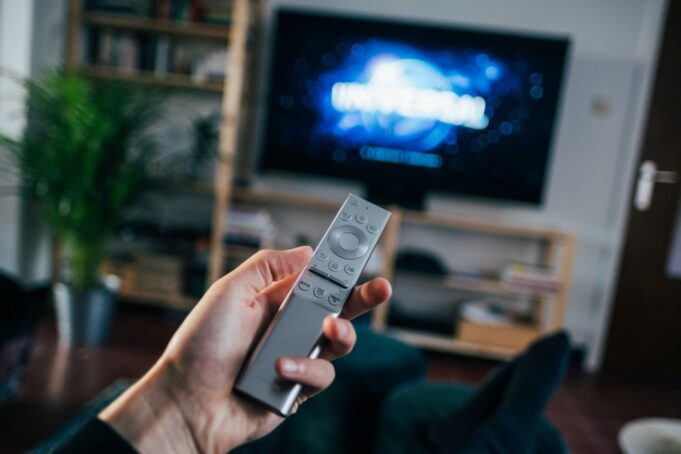
The convenience of watching from any location is another reason why streaming services are so popular. In this day and age, cordless media consumption is commonplace; all you need is a smartphone, tablet, or laptop with a good internet connection, and you can watch anything you like, whenever you want. Cable, as its name implies, does not provide this service.
Even though cuddling up on the sofa with a blanket and watching a film is a nice way to pass the time, many of us prefer the flexibility of being able to watch our favorite shows wherever we happen to be at the time, be it in bed, the bathroom, the subway, or the office.
-
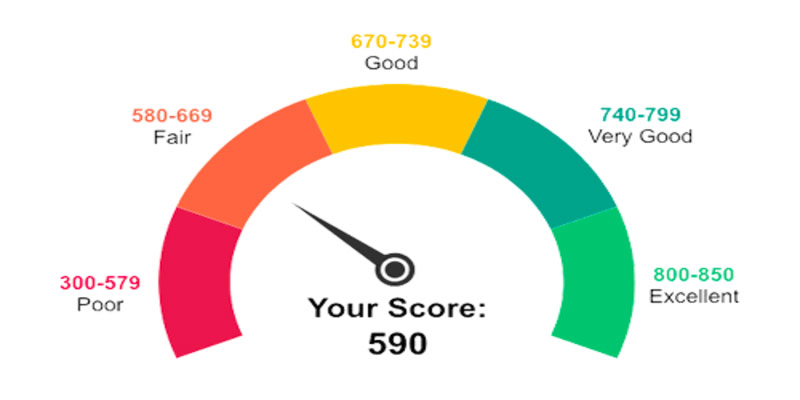
Is It Reasonable To Have A Credit Score Of 590?
May 25, 2023
-

Converting Your IRA Into a Health Savings Account
Aug 12, 2022
-
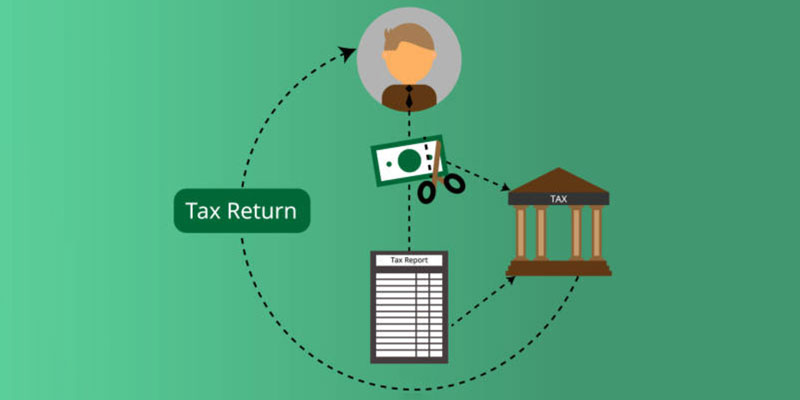
How Direct IRA Transfers Work: A Comprehensive Guide
Jun 29, 2023
-

How to Generate Passive Income with No Initial Funds
Jun 11, 2023
-

Average Business Loan Interest Rates
Jun 13, 2023
-
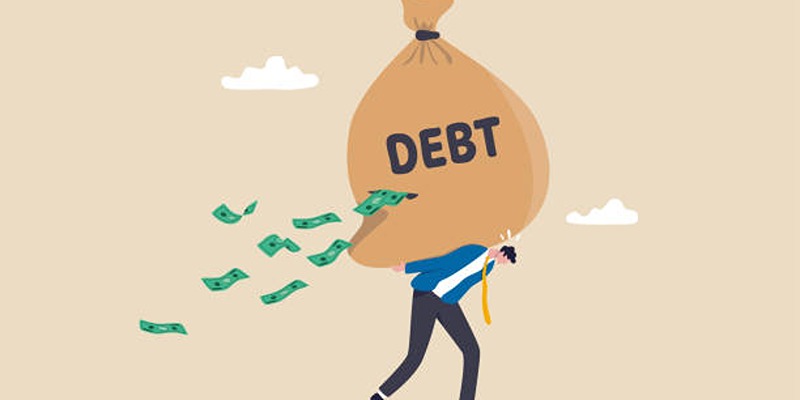
Managing Bad Debt Expense for Financial Success
Aug 01, 2023
-

These 5 Factors Have Caused Cable TV's Demise
Aug 16, 2022
-

How to Apply for a Home Loan
Jun 14, 2023



